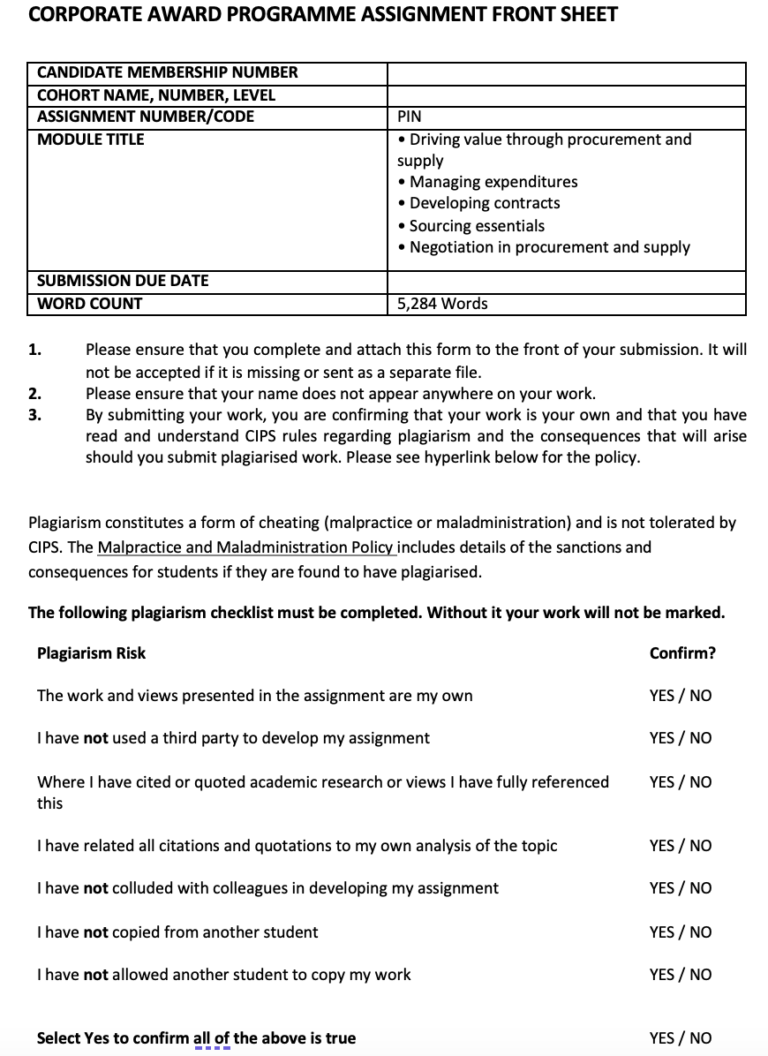Description
Solution
(AC3.1) Discuss the links between the employee lifecycle and different people practice roles
Employee lifecycle is identified as the process followed by an employee from the time of joining an organisation to their exit (CIPD, 2020). The different stages of employees lifecycle include;
Attraction- The best employees are attracted in an organisation by positioning themselves as an employer brand.
Recruitment- Through the embrace of various recruitment approaches, best employees are engaged in the organisation.
Induction- At the initial phase of the employees engagement in the organisation, support is offered to acclimatise themselves with the organisation.
Retention- By embrace of different strategies including total rewards, the best employees are retained with turnover mitigated.
Development- For improving the employees performance, career growth opportunities are recommended and offered to the employees.
Exit/Separation– Exit interviews are done in this phase to identify reasons of employees leaving the organisation either willingly or unwillingly.
Role of people professional in Recruitment
In this step, the people practice professionals execute various roles as part of recruitment including development of main specifications. According to Nikolaou (2021), these are embraced to advertise job roles, technology use and best practice embraced. The outcome of recruitment aids in selection of the most qualified employee.
Roles of people practitioner in development
In the stage of development, this include the people practice professionals working in development of the essential skills to guide their career growth and improvement. As evidenced in Armstrong and Taylor (2023), in line with competencies demands in an entity, recommendation on most appropriate development strategies is provided by people professionals.
Roles of people practitioner in separation
At the phase of separation, the people practice professionals assist in exiting by working on gathering data to understand reasons for exit and come up with strategies for managing future turnover. Also, the employee is supported and facilitated to exit the organisation.
Please click the following icon to access this assessment in full
Related Papers
(Solution) 7C001 ‘Mantra’ Should Underpin Managers Approach to Restructuring an Organisation
(Solution) CIPS PIN Final Assessment Negotiation in procurement and supply
- In this integrative assessment for Corporate Award Program establishes it has provided a formal commercial negotiation for Occidental of Oman operating in oil and gas industry.
- Commercial negotiation plan has been developed by reference to data, factual information and CIPS tools. HSE and chemicals portfolio spend category has been identified and evaluated in-depth to come up with an appropriate negotiation plan.
- The importance of identifying the HSE and Chemicals are informed by the previous COVID-19 pandemic which has informed on the need for adopting healthy business environment which is free from any infections.
- Further, coming from the pandemic where the level of business operations had significantly reduced and the organisation need to restart their operations by cleansing their systems and machines. In this case, the need for HSE and the chemicals portfolio in Occidental of Oman has been in an upward trajectory.
- For negotiation successful implementation, Occidental of Oman involves professionals, terms and conditions initiated, holistic readiness and streamlined procurement and supply chain approaches. This is with good forecast and plans being core for guaranteeing customers services delivery on time.
- From the analysis, different tools including SWOT, PESTLE and 4R’s have evidenced that Occidental of Oman is always on the advantage of ensuring they achieve the Best Alternative for Negotiated Agreement (BATNA).
- Also, this report highlight the need for holistic planning by prioritising on all expectation from the initial opening to the closure and agreement phases of negotiation.



